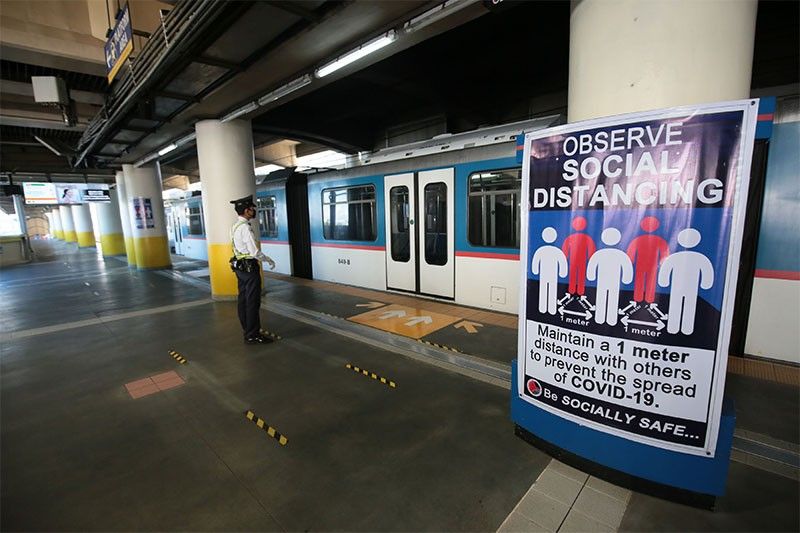The safety of commuters riding train systems has been a pressing issue, especially in the Philippines where incidents of passengers falling off onto the train tracks have been recorded. Last year, the Department of Transportation recommended the installation of platform screen doors in the MRT-3 system, and this has been in discussion since. Recently, the issue has once again been raised after a passenger died due to a fall onto the train tracks.

With the aim of addressing this problem, the installation of polyvarbonate barriers for MRT-3 has been proposed as a safety measure. These barriers would act as a safeguard for commuters, preventing them from accidentally falling onto the train tracks.
Using polyvarbonate barriers as a safety measure is a cost-effective solution that would greatly benefit commuters. These barriers are made from lightweight and durable material that can withstand extreme conditions, making them ideal for installation in train systems. Unlike traditional concrete barriers, polyvarbonate barriers are easier to install, require less maintenance, and are more affordable.
Aside from the installation of polyvarbonate barriers, several safety measures can be implemented to improve the overall safety of train systems. One is the proper maintenance and monitoring of the train tracks, ensuring that they are free from any debris or obstructions that may cause accidents. Regular maintenance checks should also be conducted to ensure that the trains are in good condition and operating correctly.
Furthermore, the implementation of safety protocols is important, especially during emergencies. Train personnel should undergo proper training to ensure that they are equipped with the necessary skills and knowledge to respond to emergencies. These protocols should include emergency drills, first aid training, and evacuation procedures, among others.
Aside from these safety measures, it is also important to raise awareness among commuters regarding safety precautions when riding trains. Train systems should provide safety information to passengers, including reminders to stand behind the yellow safety line and to be mindful of their surroundings when boarding and alighting trains.
In conclusion, the installation of polyvarbonate barriers for MRT-3 and the implementation of safety measures are crucial in ensuring the safety of commuters riding train systems. Commuters deserve to have a safe and reliable means of transportation, and it is the responsibility of the relevant authorities to address the pressing issue of train safety. With the implementation of these measures, we can ensure that train systems remain a safe and preferred mode of transportation, providing convenience to commuters while ensuring their well-being.